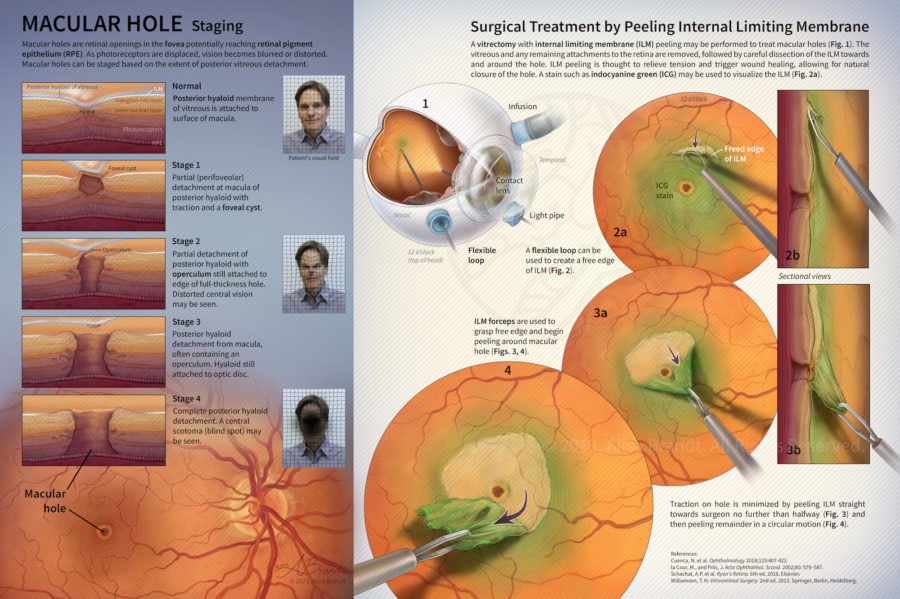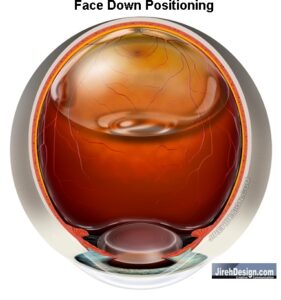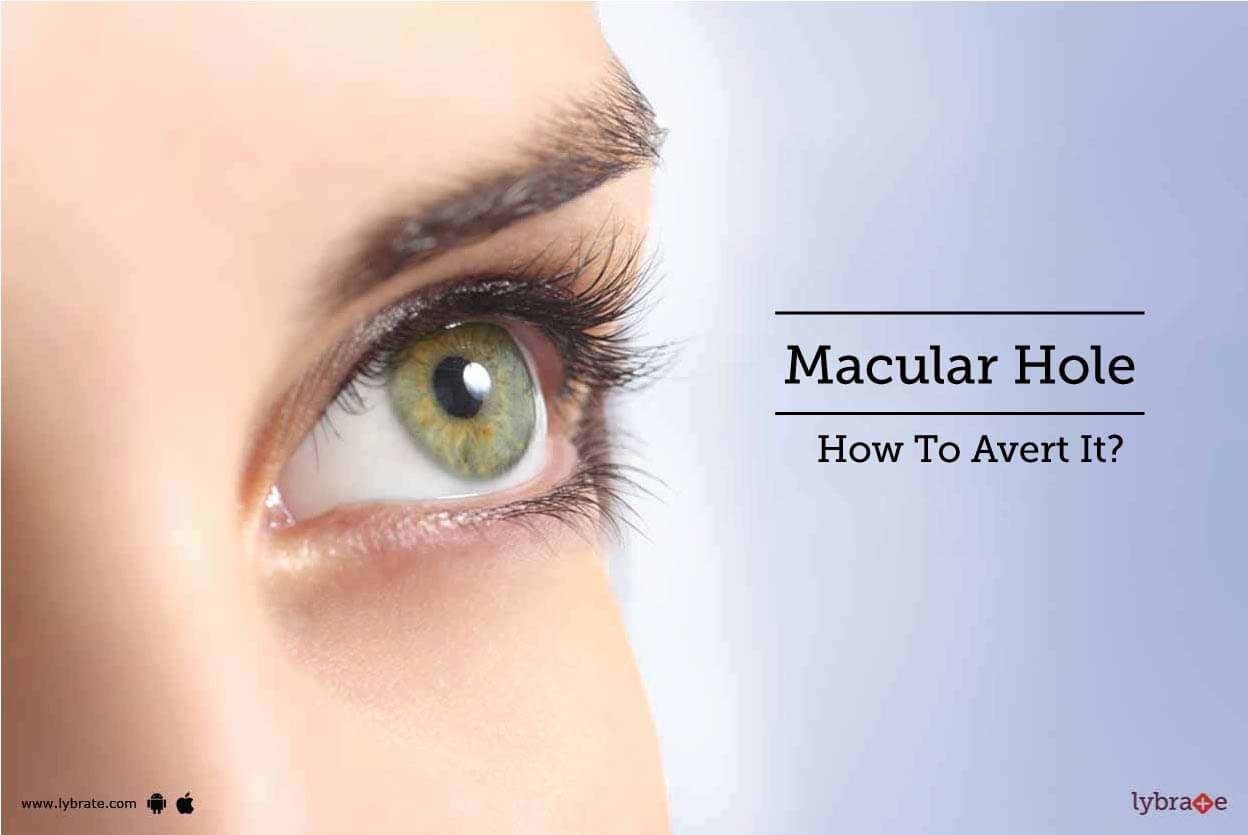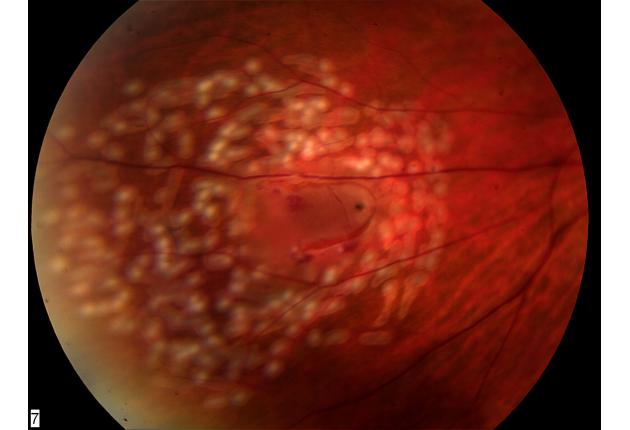

The advantage of this “combined” approach is that it prevents you having to come back for further cataract surgery months or years after the vitrectomy operation and also allows a bigger bubble to go inside the eye making face down posturing less necessary. This is identical to the cataract surgery which occurs when the lens becomes cloudy. This involves removing the lens of the eye at the time of the vitrectomy operation and replacing it with a new plastic intra-ocular lens.

I have been very keen to perform what is called “combined surgery” for patients with macular holes for many years. You should keep this wrist band on until the bubble has completely disappeared.Ī vitrectomy operation alone will eventually result in the development of cataract and the large gas bubble will also cause progression of cataract. You should however have a wrist band placed immediately after your operation stating the gas that has been used. If you have a general anaesthetic for any other condition (such as an emergency operation) whilst there is still some gas in the eye then do please ensure that the anaesthetist knows about your gas bubble as there are certain anaesthetic gases such as nitrous that should not be used because of the same risk of raised pressure inside the eye. This is why it is so important to not fly until the bubble has completely disappeared. If the pressure increases to a significant level it cuts off the blood supply to the eye and the vision can be permanently severely damaged. Unfortunately because the eye has a rigid corneo-scleral envelope (the strong white of the eye and cornea or clear window at the front of the eye which is attached to the sclera) it cannot expand so as a result the pressure in the eye increases. If you significantly increase your altitude (fly or even drive up a high mountain) the gas bubble tries to expand due to the lower pressures in the surrounding atmosphere. It is advisable not to drive until the gas bubble has completely disappeared and you must certainly not fly. The vision then continues to improve until usually the bubble breaks up into a few smaller bubbles due to changes in surface tension before they disappear completely. Usually by about 3 weeks following surgery you become a “human spirit level” with a “blob” in your vision with the upper half of the vision seeing well and the lower half still being blurred.

You first see something at the top of your field of vision and this area of clear vision slowly descends down.

As it gets absorbed into the blood stream it is replaced by a clear fluid called aqueous humour which is produced at the front of the eye but following a vitrectomy passes into the vitreous cavity to occupy the whole eye cavity and not just the front of the eye. Inside the eye the gas is buoyant and floats to the top of the eye when you are in the upright position. What happens inside the eye is the opposite of what you actually see as things are optically reversed by the eye. As the gas bubble disappears the vision slowly returns.
Hole in retina surgery full#
The eye is initially almost completely full of gas and the vision is very blurred immediately after surgery. The gas bubble lasts about 6 weeks and gradually gets absorbed back into the blood stream over this period. The only restriction in positioning is that patients should avoid lying on their back for the first week following surgery as the gas bubble is least effective in closing the hole in this position as it floats to the front of the eye and away from the macula. Most patients with macular holes either need no “face down” posture or only limited posture in this position for the first 24 to 48 hours after surgery. Prolonged posture only needs to be performed in patients with large macular holes of long duration. I performed some research in 2000 with a clinical study which was published in the British Journal of Ophthalmology to show that this prolonged posturing was not required in order to produce successful hole closure in most patients. It was initially thought that in order to “push hard” on the macular hole the patient had to posture “face down” for up to 2 weeks, day and night to allow the gas bubble to float up to the back of the eye to put pressure on the hole. This pushing force is produced by replacing the jelly with a large gas bubble inside the main eye cavity. Surgery involves removing this “pulling force” by removing the vitreous jelly from the main eye cavity and replacing it with a “pushing force” to push the tissue together and close the hole. What is the surgical treatment of macular hole?Ī macula hole develops by the vitreous jelly within the main eye cavity pulling on the central part of the retina and pulling the retinal tissue apart to create a hole.


 0 kommentar(er)
0 kommentar(er)
